Mario Day: The unique titles for the character
March 10 is often labeled Mario day due to the date, Mar. 10 looking like the word “Mario.” The beloved character had appeared in several unique titles that some may not know as well.
Mario day is March 10 every year. The reason why it is March 10 is that if the date is abbreviated, it appears to say Mario (Mar. 10). The famous plumbers’ first appearance was on July 9, 1981, in a game called Donkey Kong. This Nintendo Entertainment System game would eventually lead to the booming franchise known today. That simple game has branched out into plenty of subcategories. What better way to celebrate Mario day than to shed light on some titles that got swept under the rug.
“Dance Dance Revolution: Mario Mix” was a game that was released on GameCube. This game followed Mario and Luigi on a journey across the Mushroom Kingdom to recover the Music Keys before Waluigi, the main antagonist, uses them for evil. The story mode of this game had five worlds, and in the stages of these words, the player would dance to clear the stage. The music in these stages originated in different Mario games that were released in the past, such as “Super Mario Bros. 3” and “Mario Kart: Double Dash.”
In addition to being a dancer, Mario was also a time traveler. “Mario’s Time Machine” was released on the NES and the Super Nintendo Entertainment System. In this educational game, Bowser created the “Timulator” which he used to steal artifacts from history. Mario took control of the machine and chased Bowser through time attempting to put the artifacts back where they belong. The whole purpose of this game was to teach children about history with characters they enjoy.
Mario was also in a fashion game. “I Am A Teacher: Super Mario Sweater” was a game released on the Famicom systems only in Japan. This game was a program in which the user could design a sweater and the company would make it for them for 2900 Yen, which amounts to about 24 U.S dollars.
Though Mario is best known for his mainline games like “Super Mario Bros” and “Super Mario 3D World,” he also starred in some lesser-known games in his 40+ years as a video game icon.

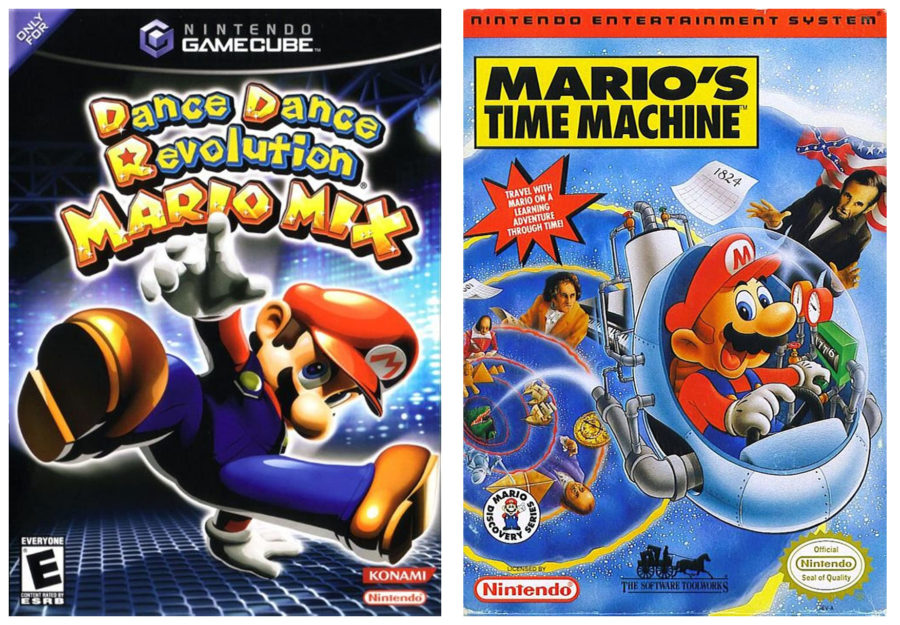


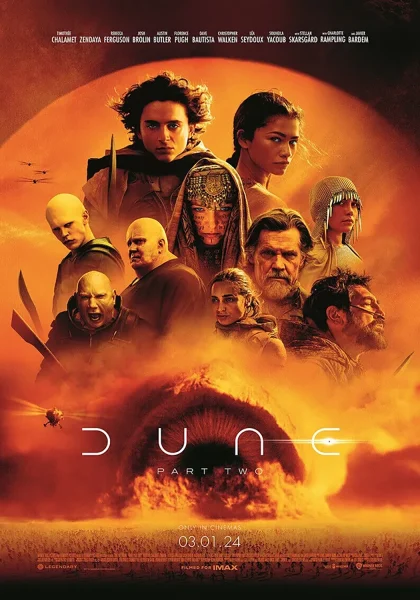
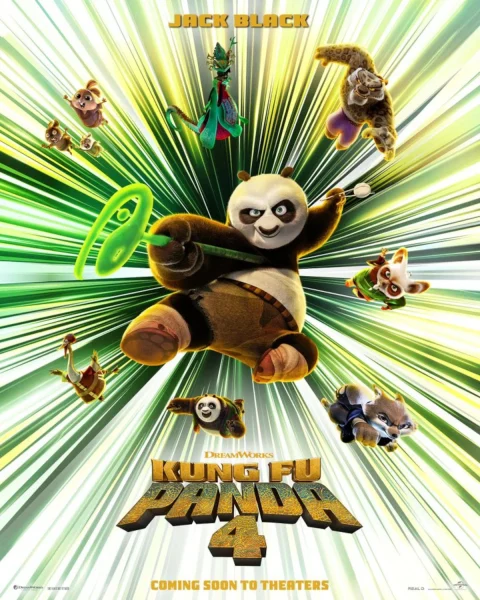
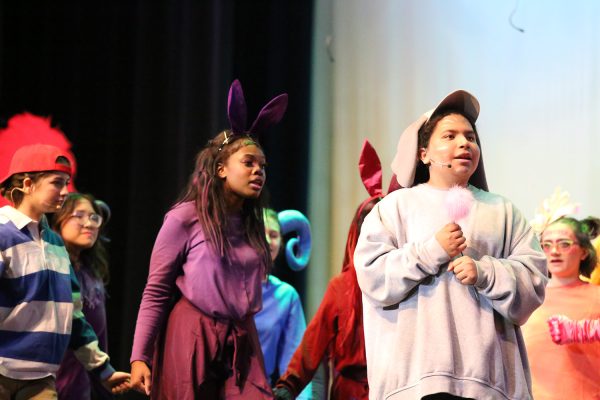
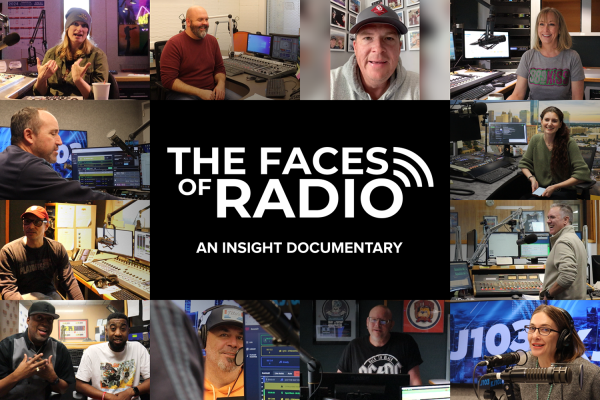
Mrs. Monks • Apr 4, 2023 at 12:43 pm
Great article!